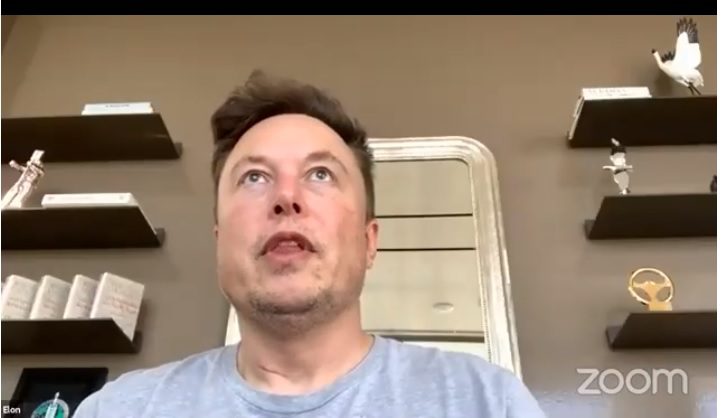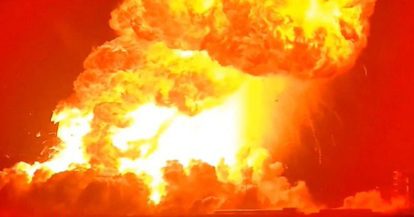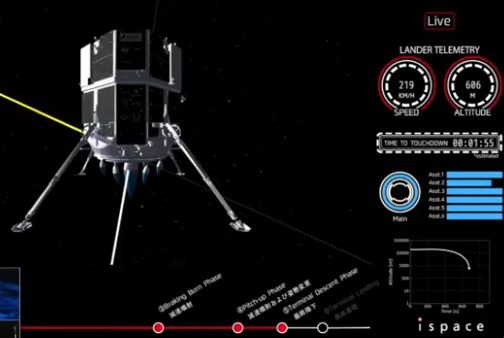SpaceX supremo and founder Elon Musk took time out from his Tesla automotive activities to lay out his plans for the Starship via a web interview at the Mars Society’s online conference on 16 October. Musk led off by saying that for long-term, long-range human activities on Mars, large launch vehicles were needed – and ones that were reusable with short turnaround times.
With respect to the propellant combination chosen for the Starship, Musk explained that liquid methane had a much better specific impulse and better burn ratio with LOx (liquid oxygen) than RP-1 Kerosene. Musk seems set on “in situ” propellant creation via giant machines carried to the Martian surface to produce liquid oxygen made by electrolysing water found on Mars and creating methane from its atmosphere.
While SpaceX has just signed a cryogenic refueling demonstration contract with NASA and has entered Starship in the Human Landing System (HLS) competition, Musk reiterated that his medium-term plans targeted Mars and included launching a cargo version of Starship there in 2024. “There’s a Mars conjunction every 26 months — this is one of those years — that means four years from now is another one. I think we’ve got a fighting chance of making the second Mars transfer window,” he said. (Note: There is a conjunction in between)
Musk was more certain that his Starship design would be flying a long time before that and said he was “80-90 per cent confident” that a Starship will reach orbit next year. He was more cautious about whether the machine would be able to re-enter and land successfully, putting the chance at circa 50 per cent. “We will probably lose a few ships before we get it right,” said Musk.
Musk briefly touched on the problems of hiring the right staff. Musk noted it was difficult to ascertain productive and innovative talent directly during the interview/recruitment process. He had found himself musing at his Tesla car company, which is named after the genius electrics inventor, “If Nikola Tesla applied for a job at Tesla today, would he be hired?”

Elon Musk looks upwards to think as he talks about the Starship timeline at the Mars Society Online conference. Courtesy: The Mars Society via Space.com
Comment by David Todd: Not much detail but interesting and Elon Musk is always watchable. We still want to know how Starship will return to Earth’s atmosphere – whether from the Moon or Mars. We think that braking to Mach 25 will be needed or Starship will burn up. And another thing: while NASA human Mars mission designers will be happy to have a quick launch capability via the Starship/Superbooster combination (especially for refueling cryogenic propellants for the outbound leg which have a tendency to boil-off fast), any return vehicle NASA plans to deploy is more likely to use storable hypergolic propellants. While much less propulsively efficient in terms of specific impulse, they are much more user friendly and will not need the complication of in situ production and storage on Mars.








